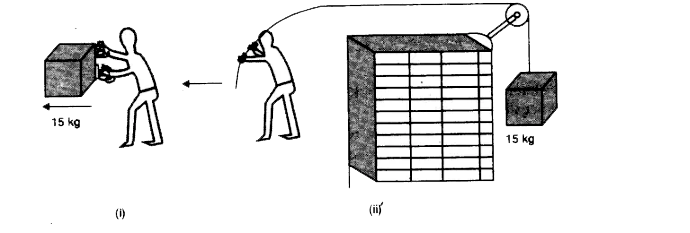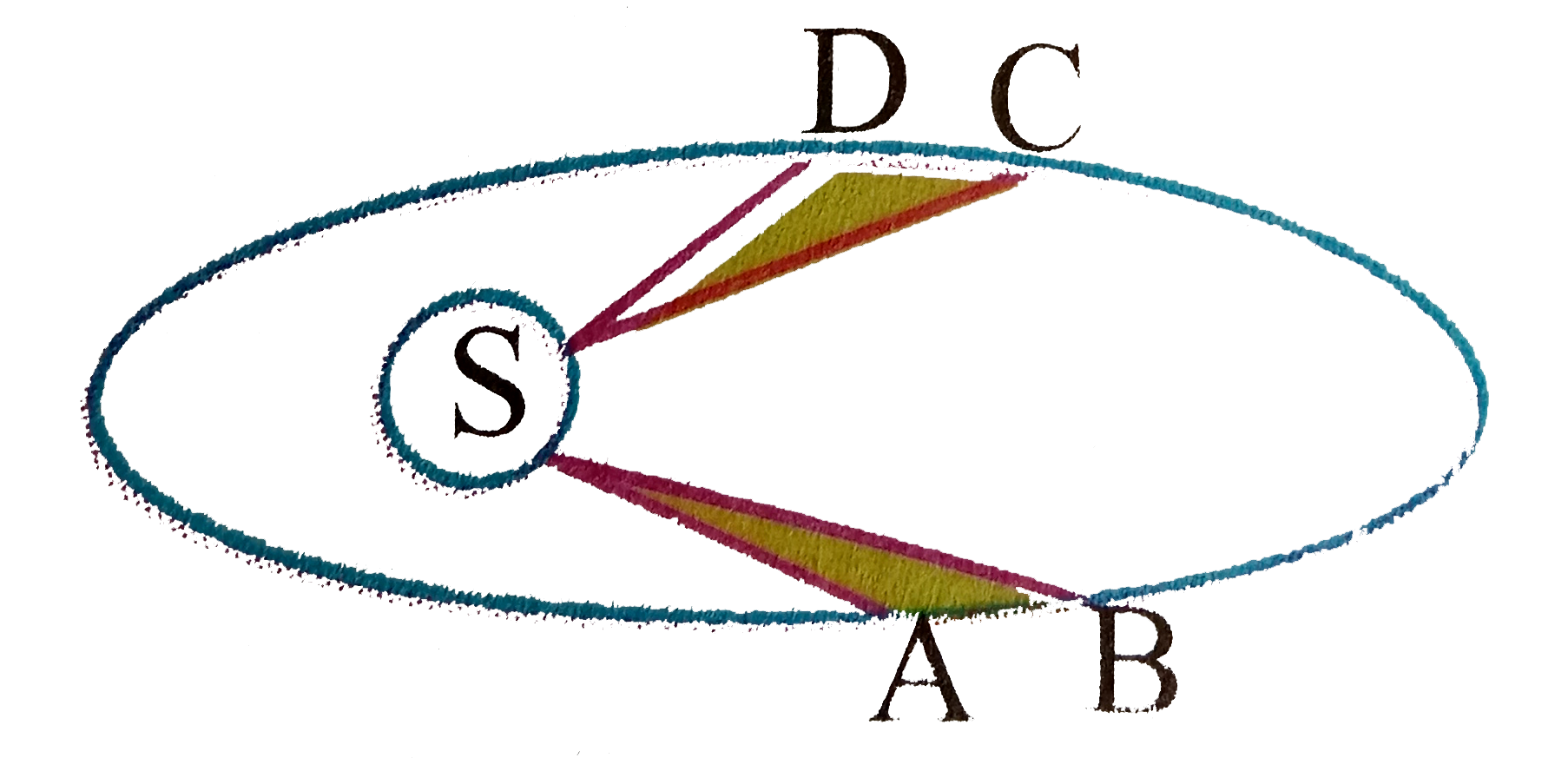Statement I : Comets revolve round the Sun only in long elliptical orbits.
Statement II : A comet develops a tail when it gets close to the Sun.
Both the statements are individually true and statement II is the correct explanation of statement I
Both the statements are individually true but statement II is not the correct explanation of statement I
Statement I is true but statement II is false
Statement I is false but statement II is true
Step by step video & image solution for Statement I : Comets revolve round the Sun only in long elliptical orbits. Statement II : A comet develops a tail when it gets close to the Sun. by General Knowledge experts to help you in doubts & scoring excellent marks in Class 14 exams.
Updated on:21/07/2023Similar Questions
Answer the following:
a) The casing of a rocket in flight burns up due to friction. At whose expense is the heat required for burning obtained? The rocket or the atmosphere?
b) Comets move around the sun in highly elliptical orbits. The gravitational force on the comet due to the sun is not normal to the comet's velocity in general. Yet the work done by the gravitatonal force over every complete orbit of the comet is zero. Why?
c) An artificial satellite orbiting the earth in very atmosphere loses its energy grdually due to dissipation against atmospheric resistance, howerver small. Why then does its speed increase progressively as it comes closer and closer tothe earth? d)In fig i) the man walks 2m carrying a mass of 15 kg on his hands. In Fig ii) he walks the same distance pulling the rope behind him. The rope goes over pulley, and a mass of 15 kg hangs at its other end. In which case is the work done greater?

View SolutionWhen the earth revolves round the sun in an elliptical orbit, its kinetic energy is
View Solution
Knowledge Check
Statement I : Comets revolve round the Sun only in long elliptical orbits
Statement II : A coment develops a tail when it gets close to the SunABoth the statements are individually true and statement II is the correct explanation of statement IBBoth the statement sareindivi dually true but statement II is not the correct explanation of statements ICStatement I is true but statement II is falseDStatement I is false but statement II is trueConsider the following two statements, one labelled as the Assertion (A) and other as Reason (R). Examine these two statements carefully and select the correct answer by using the code given below:
Assertion (A): Comets revolve round the sun only in long elliptical orbit.
Reason (R): A comet develops a tail when it gets close to the sun.ABoth A and R are true and R is the correct explanation of A.BBoth A and R are true, but R is not the correct explanation of A.CA is true, but R is falseDA is false, but R is true.The earth revolves round the sun in an elliptical orbit. Its speed
Agoes on decreasing continuouslyBgreatest when it is closest to the sunCgreatest when it is farthest from the sunDconstant at all the points on the orbit
Statement-1:Comets move around the sun in elliptical orbits, the gravitational force on the comet due to sun is not normal to the comet's velocity, but the work done by the gravitational force over every complete orbit of the comet is zero.
Statement-2: Gravitational force is a conservative force and the work done by a conservative force over a closed path is always zero.
View SolutionStatement-1:Comets move around the sun in elliptical orbits, the gravitational force on the comet due to sun is not normal to the comet's velocity, but the work done by the gravitational force over every complete orbit of the comet is zero.
Statement-2: Gravitational force is a conservative force and the work done by a conservative force over a closed path is always zero.
View SolutionA planet is revolving round the sun in an elliptical orbit as shown in figure. Select correct alternative(s)
View SolutionFor a planet revolving around Sun in an elliptical orbit, to obtain its velocity at any point we have to apply
View SolutionThe motion of a planet around sun in an elliptical orbit is shown in the following figure. Sun is situated at one focus. The shaded areas are equal. If the planet takes time t1 and l2 in moving from A to B and from C to D respectively, then

View Solution
